A postman collected pebbles every day for 33 years and what he created is astounding
There stands an impressive building deep in the heart of rural France. The Idéal du Facteur Palace is a sculpture piece adorned with carved animals and floral décor and stands at a height of 45 feet (14 meters) high and 85 feet (26 meters) long
The Palace Idéal is a shrine to the wonder of nature, influenced by Hindu style and Gothic architecture.
But when you remember its history, this beautiful building is even more remarkable. The Palace Idéal was designed by an untrained postman and is made of pebbles that were collected every day.

According to Business Insider, Ferdinand Fernando Cheval was born in 1836 and lived and worked in Châteauneuf de Galaure, a rural village in southeastern France.
He lived a simple and quiet life as a local postman, having left school at the age of 13. However, one day as he was making his daily mail rounds, he stumbled and tripped over a strangely shaped pebble.
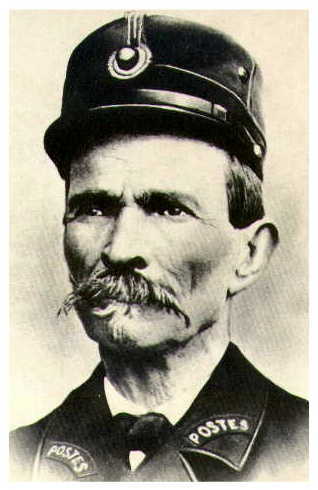
Fascinated by the properties of the stone, Cheval began to remember a long-forgotten dream of building his own palace. The unusual shape of the stone inspired him, and he returned later to the same spot, only to discover an entire hoard of similar strange rocks.
According to Business Insider, he was so impressed with the beautiful samples of local sandstone that he felt compelled to do something extraordinary with them.
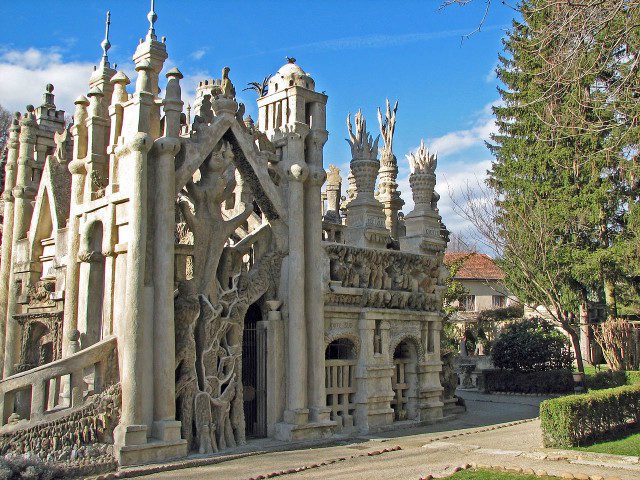
He remarked in his diary, “It was a stumbling block shape so bizarre that I put it in my pocket to admire at my ease. The next day I went back to the same place.
I found more stones, even more beautiful… I said to myself: since Nature is willing to do the sculpture, I will do the masonry and the architecture.”
For 33 years, Cheval collected pebbles and brought them back to his home. He often worked at night, by the light of an oil lamp, collecting stones in his wheelbarrow. Gradually, piece-by-piece, he began to construct a lavish structure, originally called ‘The Temple of Nature’. He bound together each of the stones painstakingly with mortar and lime to make cement.
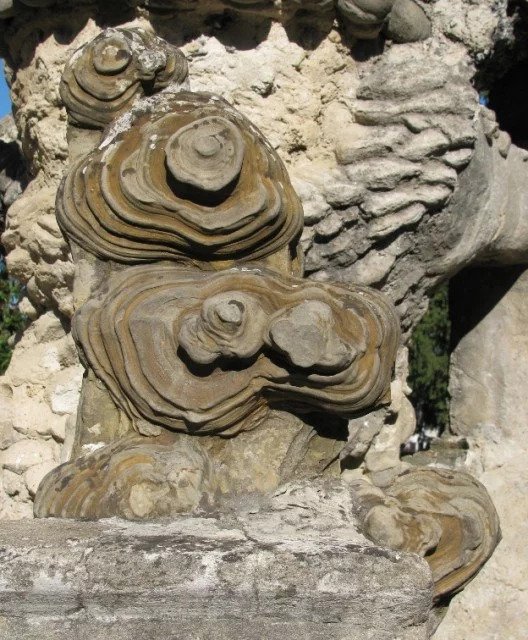
The result was nothing short of a miracle. Cheval constructed an elaborate palace drawing on both European and Indian influences, adorned with sculpted animals, intricate pillars and columns, and a stunning terrace.
He drew inspiration from the images and postcards he found on the mail that he delivered every day, conjuring a pleasure palace that was inspired by a wide variety of cultures and architectural styles.
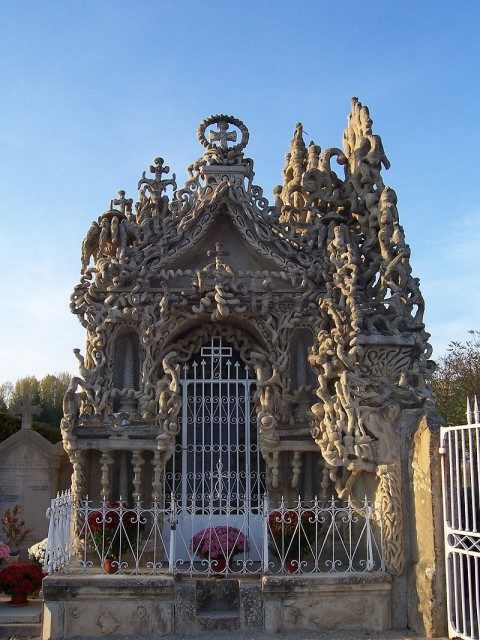
Cheval’s success is all the more remarkable given that he had no formal training in any kind of masonry or architecture. According to Business Insider, he constructed the palace by himself, stone by stone, learning the skills he needed as he went along. As a result, the Palace is known as one of the finest examples of Naïve art in existence.
When the Palace finally opened to the public in 1907, Cheval was delighted. Although it was initially regarded as a bizarre curiosity, it soon began to attract wider attention, particularly from surrealist artists such as Andre Breton. It was even the subject of an essay by Anaïs Nin.
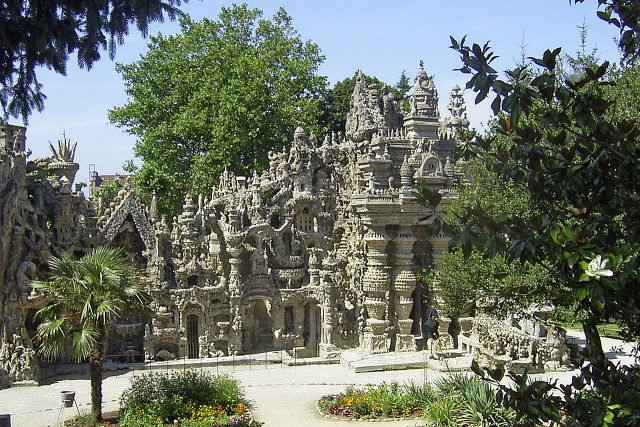
Even when the Palace was finished, Cheval was not content to put down his wheelbarrow. He wished to be buried inside his epic structure, but French laws prevented him from making such a request in his will.
As a result, he decided to build his own mausoleum, using the same design and principles as he had employed in the construction of his lavish palace.
Cheval’s tomb stands a short distance from the palace and was completed just one year before his death at the age of 88. It is known as the ‘Tomb of Silence and Endless Rest’, and rivals the Palace Idéal in its elaborate design and creativity.
After a lifetime devoted to creating such marvelous monuments, endless rest is surely what this talented postman deserves.





